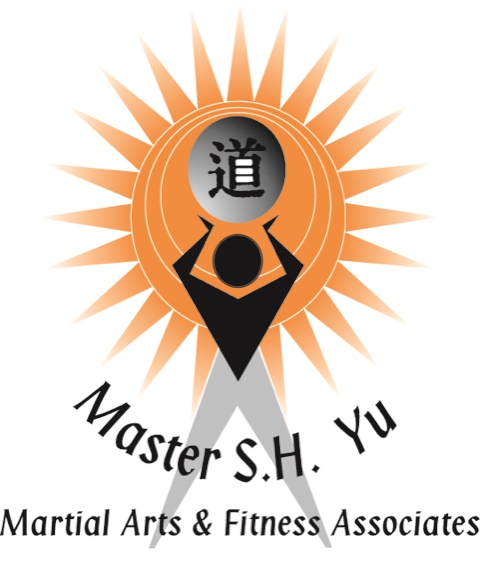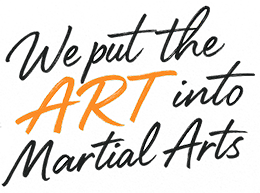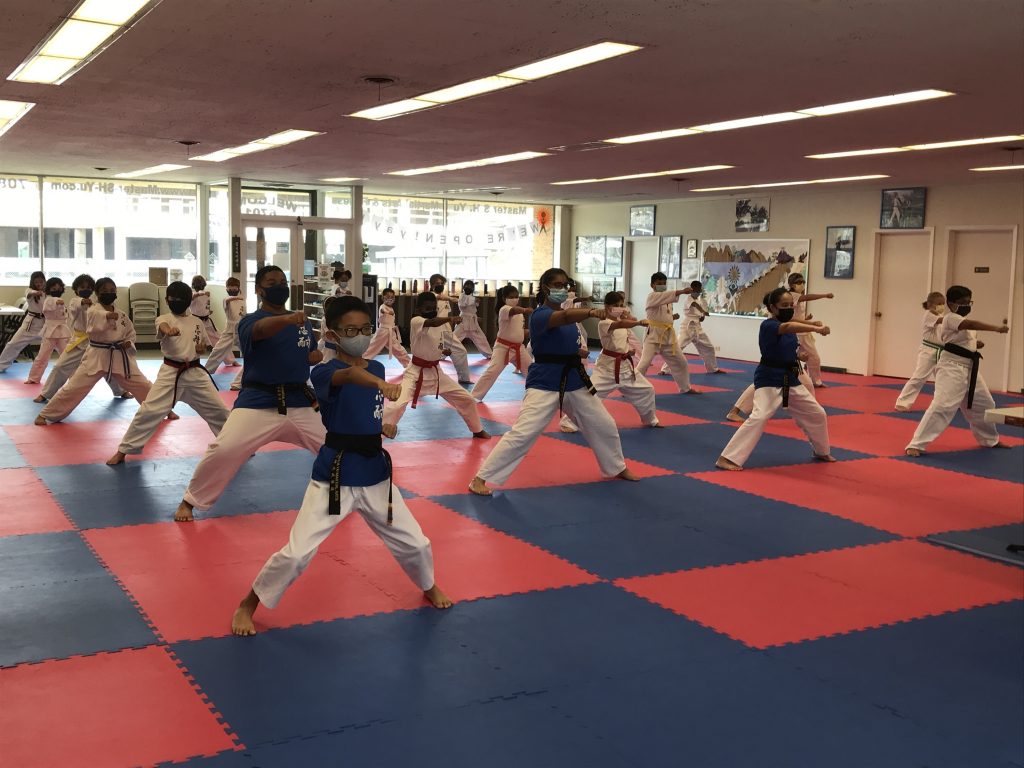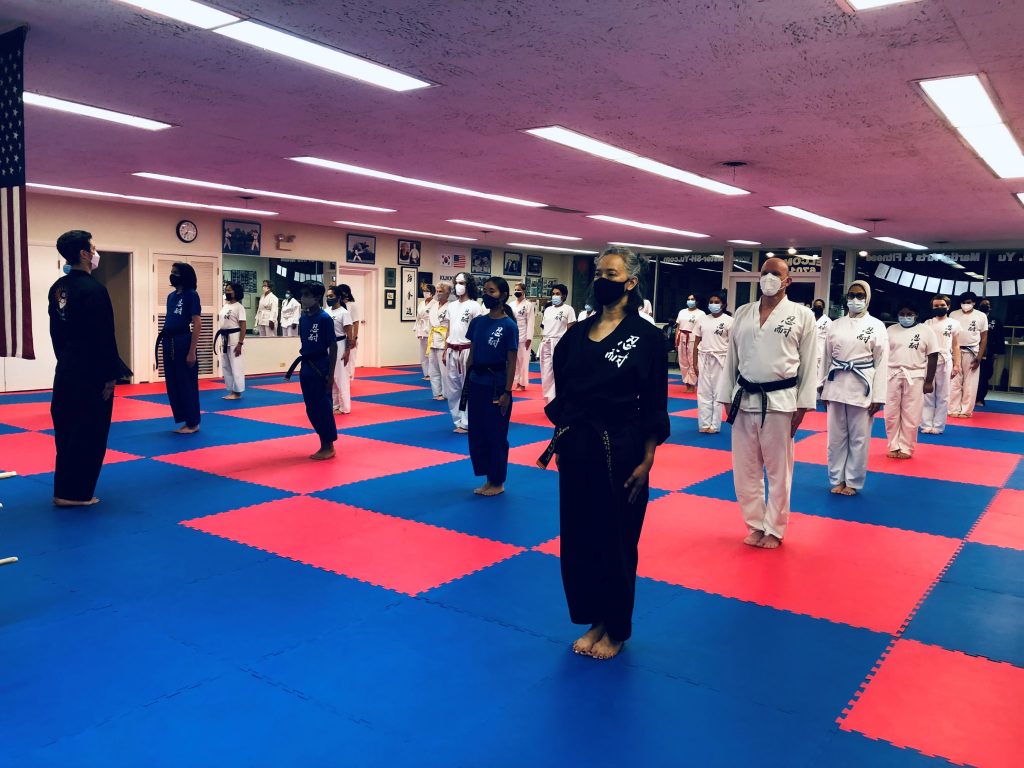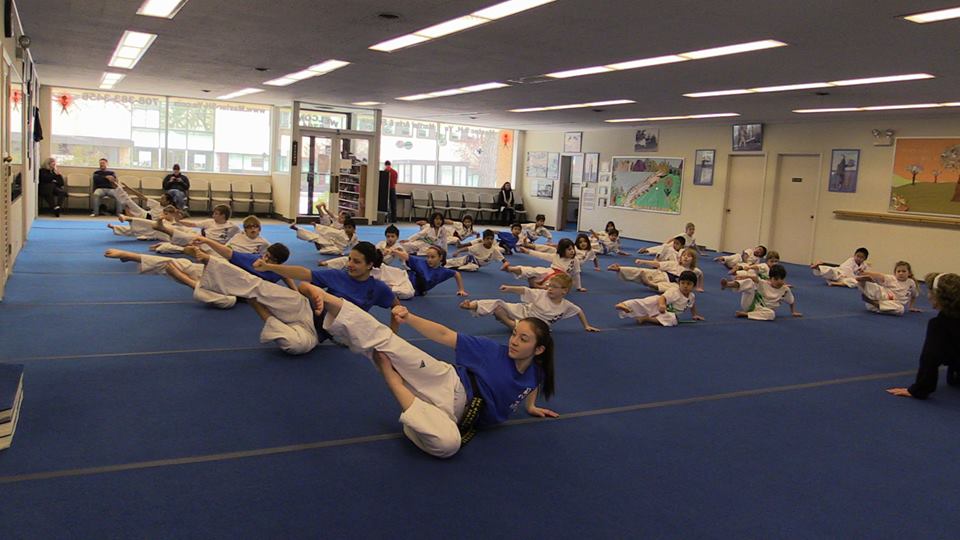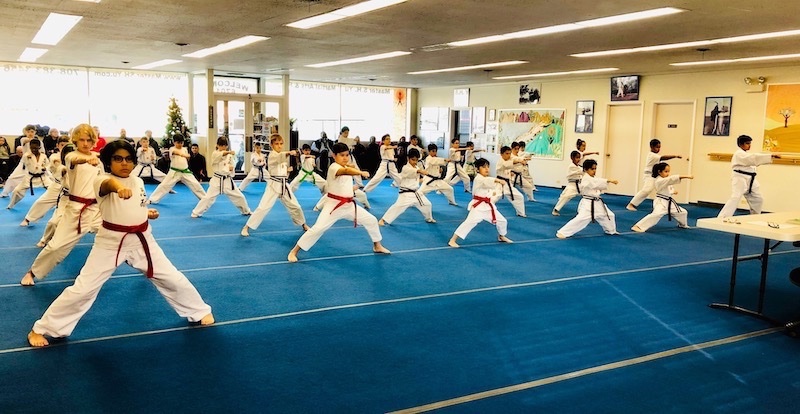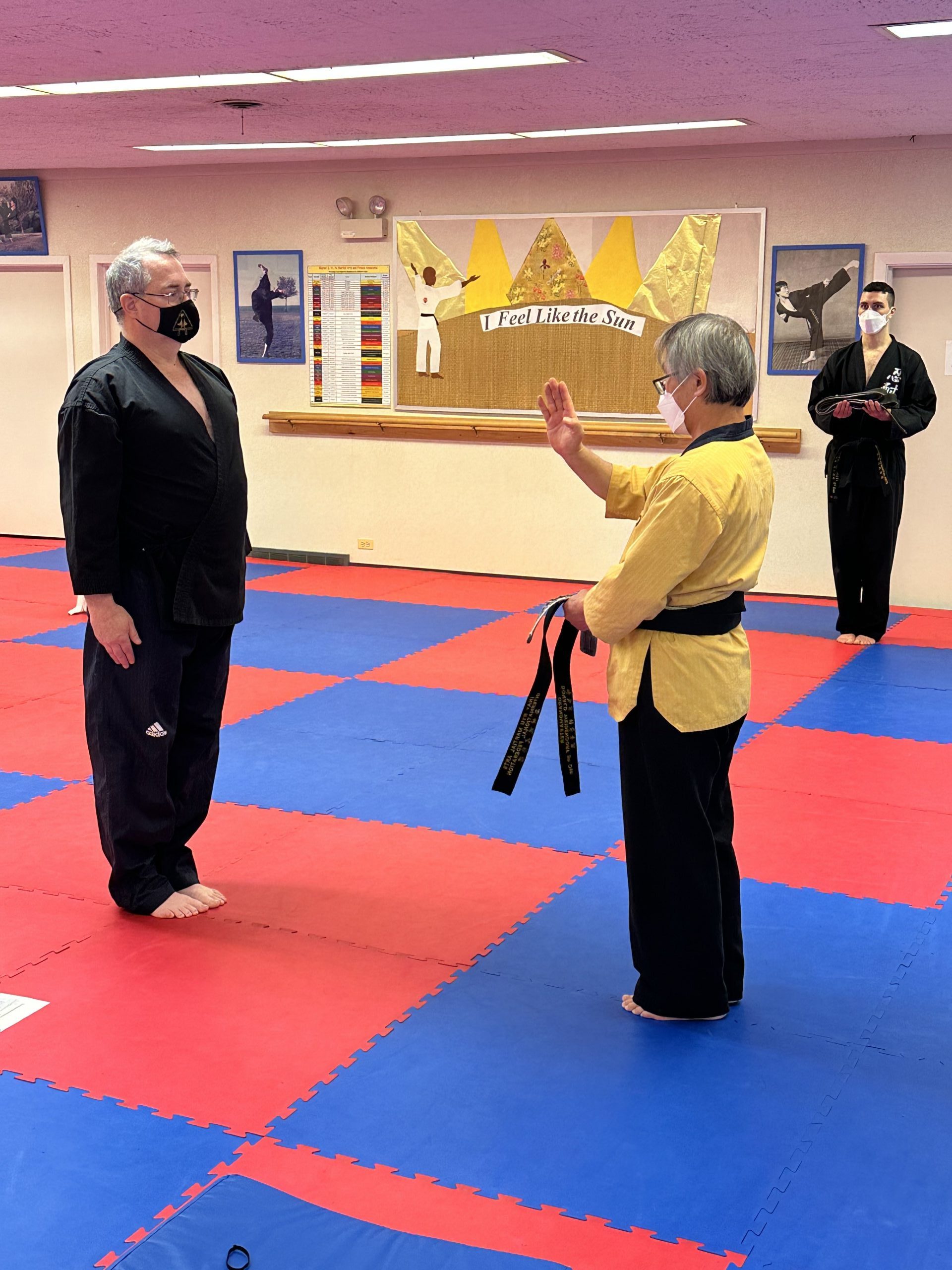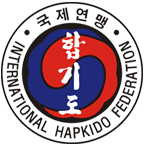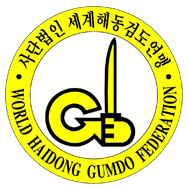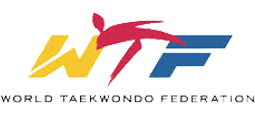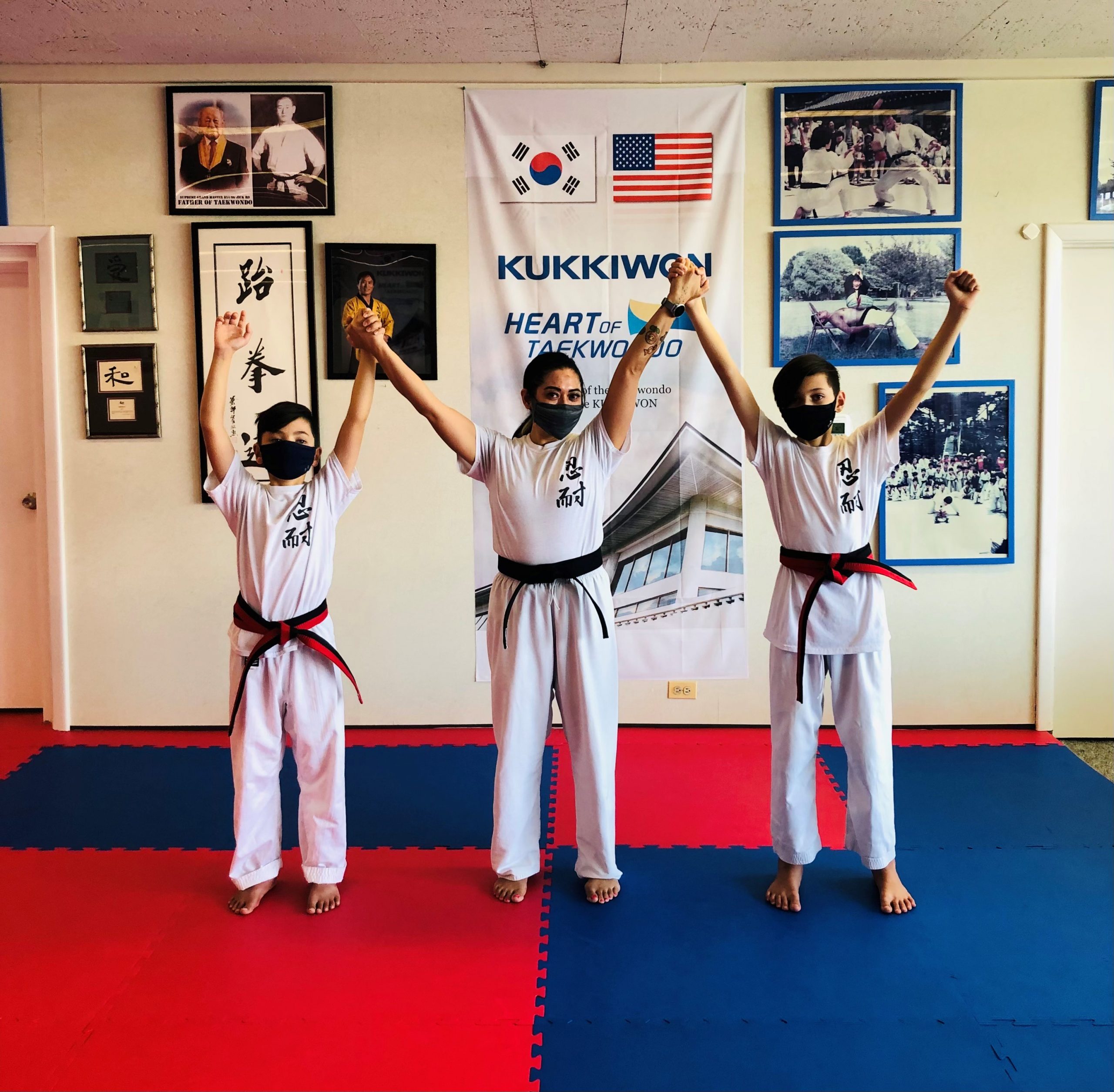
How to Improve Reflexes Using Martial Arts Training
Updated on January 5th, 2022 at 03:38 pm
Reflexes are the body’s immediate response to a stimulus or situation. Successful physical mastery in the martial arts requires quick reflexes. The good news is that reflexes can be improved with practice. Here are five ways a martial artist can train themself to achieve optimal reflexes.
What are reflexes?
A person’s unconscious and instant reaction to a stimulus is known as a reflex. Touching a hot stove forces the individual to instantly withdraw their hand. The person will not hesitate or think about moving away from the intense heat. Rather, the motion is involuntary and instant.
Similarly, when a martial artist anticipates a punch in the stomach from an opponent, the former will immediately flinch and contract their ribcage. The response requires zero forethought. For the martial artist, the slightest delay is never advantageous.
While the flight response is natural, the martial artist’s reflexes should be trained to respond differently. She must anticipate an opponent’s moves, learn to process that information quickly, and then instinctively respond. All of this occurs within seconds—making the development of reflexes crucial.
What is the importance of reflexes in the martial arts?
A martial arts student relies heavily on not only strength, technique and agility—but quick reflexes. Every punch, kick, and step should be performed with speed. After all, the martial arts is fast-paced. Split-second decisions are what differentiate the triumphant from the defeated.
Swift reflexes give the strong martial artist the upper hand against an opponent. The adversary’s movements will be unpredictable. But the martial artist who has steadily improved their reflexes through conscious training will anticipate each move and respond effectively.
Reflexes are critical. Even the slightest delay in responding to an attack can cause the martial artist to be vulnerable to a strike. On the other hand, a successful counterattack is most likely possible when the martial arts student has improved their reflexes.
What are ways to improve reflexes with reflex training?
As mentioned, reflexes can be improved with committed training. The martial arts student who trains to better her reflexes does more than react quickly. The athlete also strengthens the connection between mind and body, which enables her to respond correctly with every move.
1. Sparring Alone
Sparring allows the martial arts student to build her reaction time, even without a partner. US National Team members utilize sparring techniques to improve individual reflexes. Simply moving around while practicing bouncing, checking, and technique prepares a fighter for a real-life match.
The key to successful sparring without a partner is to visualize an opponent. Martial arts students who aim to improve their reaction times should practice sparring for 15 to 20 minutes per day. Sparring can be done in a space of any size, making this an accessible form of practice.
2. Slow Sparring
Muscle-memory is key to building stronger reflexes. One way to improve muscle-memory is through slow sparring. Each move is similar to what a fighter would perform in the ring—except every punch, kick, and strike is done in slow motion. The student analyzes every single move.
Slow sparring allows the student to develop personal strategies for fighting. During the slow-motion movements, the martial artist’s brain learns to identify even minor signals given by an opponent. Once in a real match, the martial artist instinctively understands how to respond.
3. Shadowbox Sparring
Improving reflexes can also be achieved by shadowbox sparring with another student. Both fighters simulate a match, but do not make physical contact. The martial artist mentally prepares for a fight when using this technique; she simultaneously trains her reaction time.
4. Double-End Bag Training
A double-end bag is a small punching bag attached with elastic cords to a ceiling or floor. These lightweight bags bounce quickly; the bobbing and weaving simulate the movements of a potential opponent. Training with a double-end bag forces the student to remain responsive and focused.
5. Awareness Training
A martial artist in the ring should learn to anticipate an opponent’s moves. Ideally, the athlete will know what the adversary is about to do, before he or she does it. By staying calm and focusing on sensory information, the student learns to identify the initial signs of a strike.
Opponents give off tiny signals that indicate their next moves. Rotating the body to gain momentum or pulling back an arm to prepare for a punch are clear signals. A martial artist who builds her awareness and utilizes the abovementioned strategies will react quickly and effectively.
One of the most important ways to improve reflexes using the martial arts is to keep a clear head. Worrying excessively about technique or the next steps are obstacles to quicker reflexes. Techniques should eventually become second nature and be bound to muscle memory.
Practice Martial Arts with Master S.H. Yu Martial Arts
The next best way to enhance reflexes is to train with a reputable martial arts school. Master S.H. Yu Martial Arts offers a wide range of martial arts lessons for every age group. From classes for kindergarteners to kids and adults, we instruct martial arts students of all ages.
Classes at Master S.H. Yu Martial Arts are held year-round for all ages 6 and above. Older children realize their full potential when they train with Master S.H. Yu Martial Arts. We offer a martial arts and self-defense program for adults as well as one-on-one private sessions.
Students train in a variety of martial arts disciplines. Tae Kwon Do is a popular discipline and taught by Sr. Grandmaster Yu, who is internationally certified to teach this ancient form of martial arts. Kumdo martial arts will be appreciated by those eager to embrace the practice of swordsmanship.
Whether you wish to learn Judo, Hapkido, Aikido or any other traditional martial arts, you will find quality classes at Master S.H. Yu Martial Arts. Neighbors in Oak Park, Illinois and those living in the our surrounding service areas are welcome!
Contact Us
Give us a call at (708) 383-3456 or visit our facility to start your martial arts journey in the Oak Park, IL and surrounding areas.
